What’s up with the Wind meter this year?
July 19, 2021
Quite a few of the members have noticed that the data on the website now is significantly different than in previous years, and some people have expressed a lack of trust or confusion with the presented wind speed (Gust, Average, and Lull) on the SWS website. What is going on? Why is the Spit graph display different from last year?
The simple answer is that this season’s graph is showing wind speed and direction data from a different type of anemometer, an ultrasonic anemometer. You may notice a larger difference (variance) between the max gust and the minimal lull. The new wind sensor is especially sensitive to light winds and the effects of turbulence on the immediate wind field around the instrument.
Why the change?
After many years of reliable wind measurements, the wind sensor (anemometer) the Squamish Windsports Society (SWS) used started to degrade to the point where the data was no longer usable. A special thanks to Alan for all his hard work to keep it running for so many years.
More about the equipment
The new anemometer is part of the new weather station from WeatherFlow Tempest Weather System that came to market in 2018 and is new to the SWS as of this year (2021). It is installed above the SWS staff building Sea Can (Figure 1 and 2) and has a “revolutionary design with no moving parts” (www.weatherflow.com). Weatherflow operates the Tempest Weather Systems and professional-grade mechanical sensors station network that is a trusted resource by the U.S. National Oceanic and Atmospheric Administration (NOAA), the U.S. National Weather Service (NWS), and many other partners and clients.
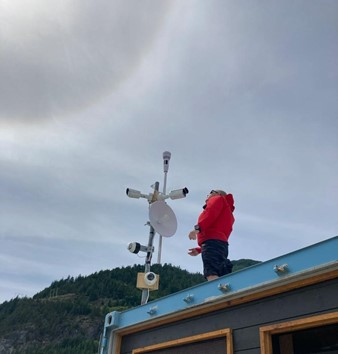
Figure 1 - Spit Weather Station, Webcams and Tempest WeatherFlow Station on the top. June 18, 2021.
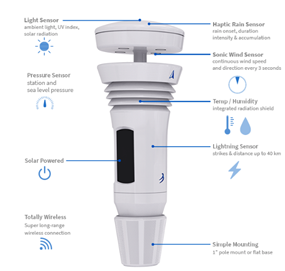
Figure 2 -Tempest Weatherflow Station weatherflow.com
The anemometer is a Sonic Wind Sensor that records continuous wind speed and direction every 3 seconds. The published data, on the SWS website, is not raw observations but rather reporting averages or max and min values. Currently, the SWS is taking measurements from the sonic sensor every minute and averaging the 3 samples over a 3-minute period; this number is the reported average wind speed. The reported max gust and the min lull is the worst cases in that 3-minute period (3 measurements). The hope is a more accurate picture of the wind overall.
The old wind anemometer was a Davis Anemometer which is a low-grade mechanical device consisting of a spinning cup anemometer and wind vane (Figure 3).
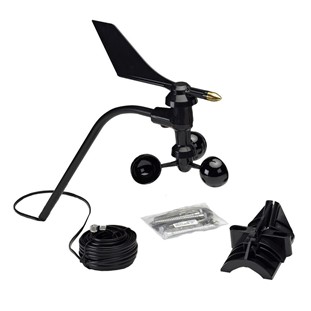
Figure 3 - Old Wind Anemometer – Davis Anemometer
The WeatherFlow Website states that the “Tempest uses an ultrasonic anemometer to sample an instantaneous wind speed, there is no inertia involved with the measurement. A spinning cup anemometer or any mechanical sensor [Davis Anemometer] relies on the momentum of moving air to rotate the bearings. An inertia-less method of wind speed measurement has inherent differences compared to a mechanical anemometer and the data provided is not going to look exactly the same1.”
In other words, Tempest has a lower cut-in speed compared to most consumer anemometers; it can measure very light winds and measure the infrequent maximum gusts. This new piece of equipment is more precise and accurate at measuring the wind conditions than most older mechanical equipment.
A bit of science
WeathFlow Technician further says a good comparison is over by Boundary Bay2 U.S., where a Tempest System and one of WeatherFlow's professional mechanical stations (high-grade device) are operating close to each other. See Figures 4 and 5 for a visual of the weather station data and the visual shows that the Tempest Weather System is in good agreement with WeatherFlow’s professional-grade mechanical anemometer. Any observed differences in wind measurements are likely due to sitting differences and different averaging periods and nuances of data publication.
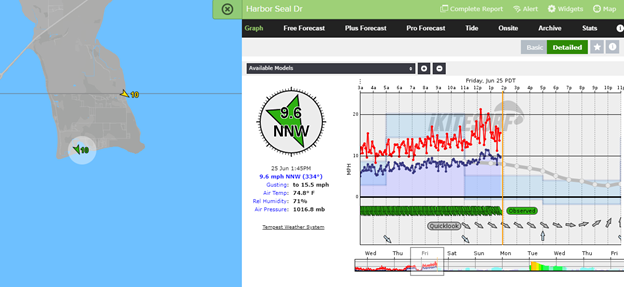
Figure 4 - Boundary Bay - Tempest Weather Station
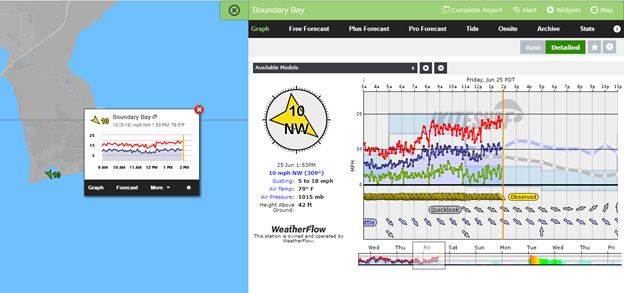
Figure 5 - Boundary Bay Mechanical Device Weather Station
In other words, “any difference in observations between any two anemometers comes down to siting and the immediate surroundings. Next, if they are different styles of equipment, it is almost an apples to oranges comparison. Ultrasonic and mechanical sensors are different styles of instrumentation, sampling methods. Both have strengths and limitations. And lastly, the data being published is not uniform - you would want to look at the raw data and apply a standard method of averaging the data” (WeatherFlow Technician, 2021).
This would be the next step to understanding the Squamish wind recordings past and present.
However, the old Davis Mechanical Device at the Spit is not a high-grade device, and past and present recordings are not in strong agreement with the new device (as observed by SWS members this year). One explanation reference is by a scholarly article from Science Direct by D.J. Sherman, Methods of Geomorphology (2013)3 which investigated the comparison of mechanical verse sonic anemometers recorded data. They mention “The precision and measuring frequency make these [ultrasonic] anemometers particularly suitable for investigating many scales of turbulence…” and see Figure 6 for comparison.
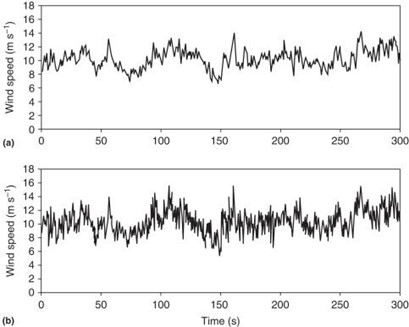
Figure 6 - Synchronous time series wind speed obtained from a cup anemometer and an ultrasonic anemometer colated 1.00. above the surface of Jericoacora, Brazil (Shermna and Li, unpublished data).3
Moving forward, I recommend we continue to find grounding in the new weather station Tempest because it is accurate and cost-effective compared to some mechanical instruments; as mentioned by WeatherFlow Technician. Also, Tempest may offer more accurate weather forecasting in the future (claim on the Weatherflow Website). Finally, the Terminal Wind Anemometer is a mechanical device and more details on wind speed are found on the website ikitesurf.com verse the SWS website.
About the Author:
I, Michael Shynkaryk, have been kiting at the Squamish spit for over 5 years, an intermediate rider on Liquid Force Solo Kites, studied Geological Engineer at UBC, work as a Junior Geological/Geotechnical Engineer (EIT) for a firm based in Vancouver, and have work experience forecasting weather for Heli-Ski operations in Canada and New Zealand. I am humbly confident and the best way to understand the weather is to get outside. Happy kiting.
References: